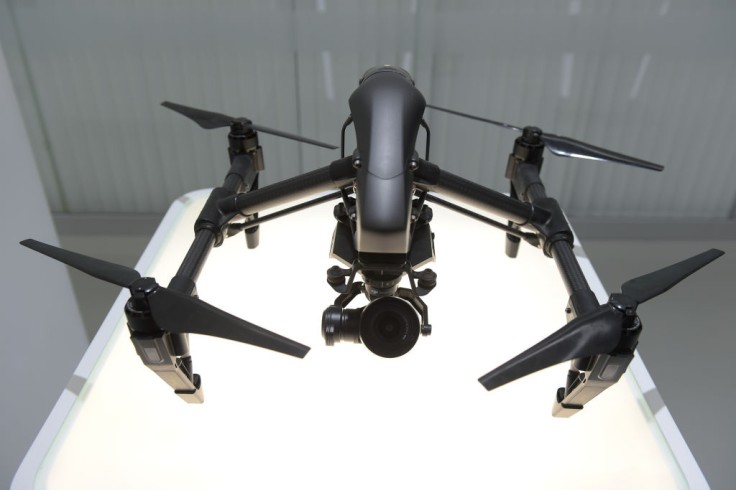
Here are a few DJI drone setups any drone users can use.
These four key suggestions to help drone pilots get up and flying, as well as mastering that stabilized camera, whether they are using the new DJI Mavic 3, or a smaller model like the DJI Air 2S, DJI Mini 2, or DJI Mavic Air 2.
Drones are now exceedingly simple and safe to fly due to recent technological advancements.
But don't be fooled into thinking they will be able to unbox their new drone, charge the batteries, and shoot stunning photographs and movies on their first flight; there's still a lot to learn.
How To Set Up Drone
First, users need to register their drones with the FAA.
As stated in Federal Aviation Administration, under part 107 or the Exception for Recreational Flyers, users must register their drone at FAA DroneZone.
However, exempted are drones that weigh less than 0.55 pounds (less than 250 grams) and are flown only under the Exception for Recreational Flyers.
Drone and Remote Identification
Starting September 16, 2023, all drone pilots who are required to register their aircraft must comply with the remote ID regulation for pilots, giving drone owners ample time to modify their aircraft.
Manufacturers of drones have until September 16, 2022, to produce drones with standard remote ID built-in.
The FAA also promotes the development of remote ID broadcast modules as soon as possible.
Testing Your Drone
It's now time to link the pilot's drone to its companion app.
There are two primary DJI drone apps, and which one users require depends on which device they have.
As recommended by TechRadar, the DJI Go 4 app is required if users own a Mavic 2 model, the original Mavic Air, the Spark, a Phantom 4 model, or one of its professional models (for iOS or Android).
If users own a DJI Mavic 3, Air 2S, Air 2, Mavic Mini, or Mini 2, they will need the more recent DJI Fly software that is compatible with both iOS and Android.
After that, users need to create an account once they've loaded the app on their phone or tablet. This allows them to access flight data that has been backed up to the cloud.
Attachments and Compass Calibration
After setting up the basics of a user's drone, mounting propellors should be next.
The propellors must be fitted to the correct motor since two of them move clockwise and two rotate counterclockwise.
The nice thing about most DJI drones is that users can only attach propellers to the correct motor, which is indicated by a grey ring or no marking on the DJI drone.
The majority of drones have toolless propellers, although a few require the use of a tool to secure and remove propellors.
Furthermore, users will also need to calibrate the compass the first time they use their drone, and every time they fly in a new place.
In most cases, they will be encouraged to do so, but if not, users may find "Calibrate Compass" in the app's main menu.
According to DJI, the DJI drone software will walk any user through the calibration procedure; all they have to do is rotate the drone horizontally and then vertically when the app prompts them to.
If the calibration fails for any reason, repeat the process. The most typical cause is magnetic interference caused by being too close to the metal.









